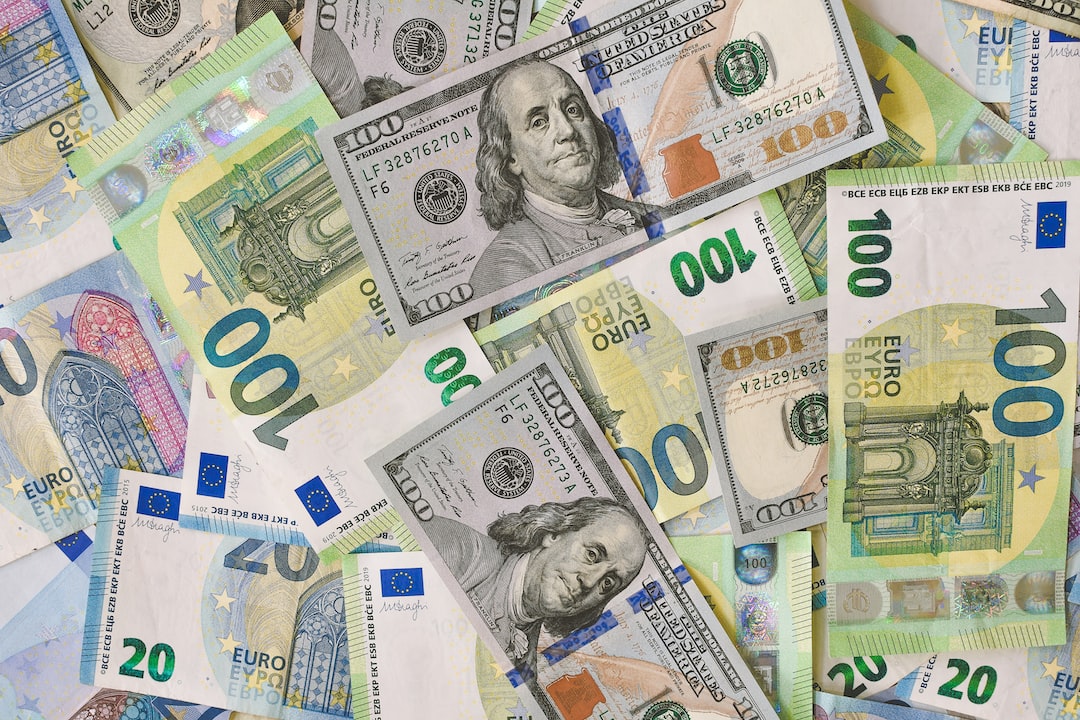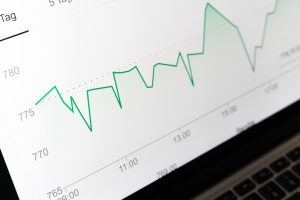Forex trading, also known as foreign exchange trading, is the buying and selling of currencies with the aim of making a profit. This market is open 24 hours a day, five days a week, and is the largest financial market in the world, with an average daily trading volume of $5.3 trillion. In this article, we will explore the hours for trading forex and why they matter.
Forex trading hours
The forex market is open 24 hours a day, five days a week, from Sunday at 5 p.m. EST (10 p.m. GMT) to Friday at 5 p.m. EST (10 p.m. GMT). However, not all trading sessions are created equal, and some are more active than others.
There are four major forex trading sessions:
1. Sydney session (Asian session): This session starts at 5 p.m. EST (10 p.m. GMT) on Sunday and ends at 2 a.m. EST (7 a.m. GMT) on Monday. This session is relatively quiet, with low volatility and liquidity.
2. Tokyo session (Asian session): This session starts at 7 p.m. EST (12 a.m. GMT) and ends at 4 a.m. EST (9 a.m. GMT). This session is more active than the Sydney session, with higher volatility and liquidity.
3. London session (European session): This session starts at 3 a.m. EST (8 a.m. GMT) and ends at 12 p.m. EST (5 p.m. GMT). This session is the most active and liquid, with the highest trading volume.
4. New York session (American session): This session starts at 8 a.m. EST (1 p.m. GMT) and ends at 5 p.m. EST (10 p.m. GMT). This session is also active and liquid, with high trading volume.
Why do forex trading hours matter?
Forex trading hours matter because they affect the level of liquidity and volatility in the market. Liquidity refers to the ease with which traders can buy and sell currencies without affecting the market price. Volatility refers to the degree to which the market price of a currency fluctuates.
During the London and New York sessions, the market is the most active and liquid, with the highest trading volume. This means that there are more traders buying and selling currencies, which increases liquidity and reduces the spread (the difference between the bid and ask price).
Moreover, during these sessions, there is usually a higher degree of volatility, which means that the market price of a currency can change rapidly. This can create trading opportunities for traders who are looking to profit from these price movements.
On the other hand, during the Sydney and Tokyo sessions, the market is relatively quiet, with low liquidity and volatility. This means that there are fewer traders buying and selling currencies, which can result in wider spreads and slippage (the difference between the expected price and the actual price of a trade).
It is important for traders to understand the hours for trading forex so that they can take advantage of the most active and liquid sessions. For example, if a trader is based in Europe, they may want to focus on the London session, which is the most active and liquid during their trading hours. If a trader is based in the United States, they may want to focus on the New York session, which is the most active and liquid during their trading hours.
Conclusion
Forex trading is a 24-hour market that is open five days a week. However, not all trading sessions are created equal, and some are more active and liquid than others. Understanding the hours for trading forex is important because it affects the level of liquidity and volatility in the market. Traders who are looking to profit from forex trading should focus on the most active and liquid sessions, which are usually the London and New York sessions.






